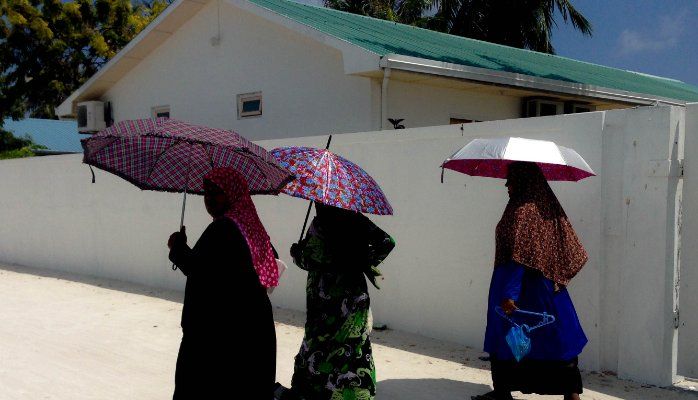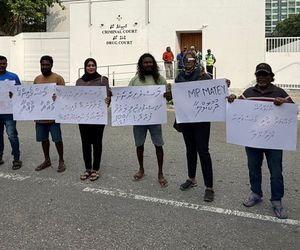Islam, patriarchal discourses and gender-based violence in the Maldives
What we are witnessing in the Maldives today is the selective use of religious scriptures to give ‘divine’ endorsement of power and privilege to men and reinforce patriarchy, argues Hawwa Lubna

20 Mar 2016, 9:00 AM
By Hawwa Lubna
Last December, a 35 year-old Maldivian woman succumbed to death from injuries caused by severe physical and sexual assault. Her husband is now under arrest on charges of what appears to be a fatal domestic violence case. Her death sparked nationwide outrage, leading to emotionally charged conversations on media and social media networks.
Last December, a 35 year-old Maldivian woman succumbed to death from injuries caused by severe physical and sexual assault. Her husband is now under arrest on charges of what appears to be a fatal domestic violence case. Her death sparked nationwide outrage, leading to emotionally charged conversations on media and social media networks.
The discussion mainly centred on the question of who was to blame for her death. While some directed their anger towards the Ministry of Gender and the Family Protection Authority (FPA) for failing their mandate to prevent such cases of domestic violence, a shockingly large number of others accused it was the victim’s own fault. She was blamed for causing her own death by remaining silent about the years of abuse and not seeking protection sooner. But, did silence really kill her?
The silence narrative
One headline in the popular local newspaper Haveeru Online reads, ‘hiding abuse is saying welcome to other abuses,’ while another similar report by Sun Online, suggested that her death was a ‘result of hiding the abuse’ and that it should be a ‘lesson’ for other women experiencing violence.
Become a member
Get full access to our archive and personalise your experience.
Already a member?
Discussion
No comments yet. Be the first to share your thoughts!
No comments yet. Be the first to join the conversation!
Join the Conversation
Sign in to share your thoughts under an alias and take part in the discussion. Independent journalism thrives on open, respectful debate — your voice matters.




